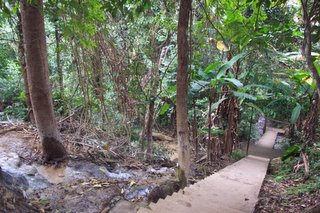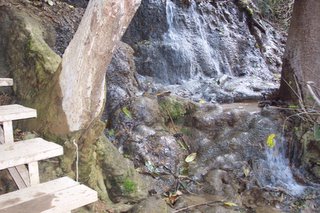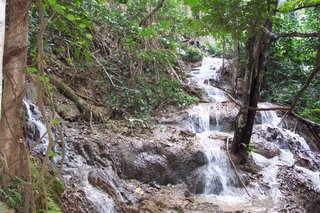...
The bus fare for the Ho Chi Minh City – Phnom Penh route was raised on 1st January 2006, from VND 145,000 to VND 190,000. Ticket price from Phnom Penh to Ho Chi Minh City increased to US $12 from US $9."
Too bad this blurb doesn't mention:
- what kind of buses will be used, Super VIP, VIP, chicken and pig express, etc.
- transit time
- how the border crossing is handled. Does a traveller corss the border and link up with a bus on the other side?
I'm not sure that this is much of an improvement over the café buses or share taxis. Still, more transport alternatives are better than less.
Technorati tags: Travel | Cambodia | Vietnam











